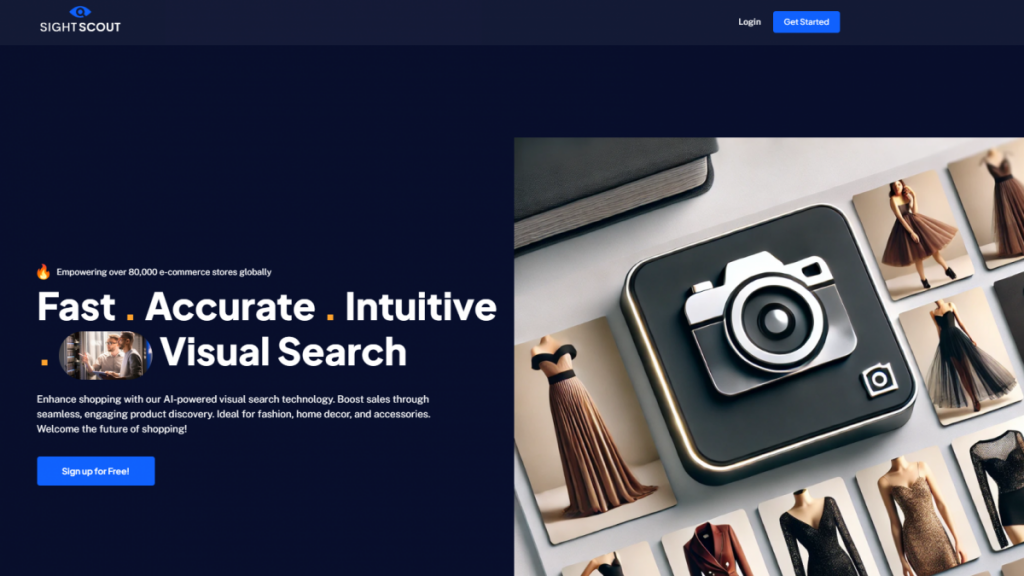In the digital age, e-commerce has become a cornerstone of global trade, offering consumers an unprecedented level of convenience and choice. One of the key elements driving the success of online shopping is the ability to quickly and accurately find desired products. This has led to the evolution of product search technologies, culminating in the development of a Visual Product Finder API. These advanced tools leverage image recognition and artificial intelligence to enhance the shopping experience, providing more accurate and efficient product matching. In this article, we will delve into the importance of accurate product matching, the technology behind SightScout, and how they are transforming the e-commerce landscape.
The Evolution of Product Search in E-commerce
When it comes to e-commerce, product search has advanced significantly from the beginning of keyword-based searches. Customers used to have to depend on entering particular terms into search bars in the hopes of finding the proper products. This approach was frequently ineffective and annoying, particularly for users who were unsure of the precise language to employ. More complex search functions were required as e-commerce platforms and product catalogs increased.
The release of these APIs was a major advancement. These APIs let users conduct image-based product searches in addition to text-based ones. This change not only makes searching easier, but it also increases accuracy because visuals give a clearer picture of what the user intended to look for. High levels of accuracy and efficiency have been made possible by developments in machine learning, artificial intelligence, and image recognition, which have propelled the progress of product search technologies.
SightScout: Definition and Overview
Using image recognition technology, a Visual Product Finder API such as this one is an effective tool that matches and identifies products based on visual inputs. By uploading an image of a product they are interested in, customers can utilize these APIs to allow the system to search a database of product photographs for the closest matches. This technology compares and analyzes visual features using sophisticated algorithms and machine learning models to produce incredibly precise search results.
Artificial intelligence and image recognition are at the heart of SightScout’s technology. Algorithms for image recognition examine an uploaded image’s color, shape, texture, and patterning. The best matches are then identified by comparing these qualities with an image database of products. Because machine learning models can learn from large volumes of visual data and human interactions, they are essential in helping to improve the accuracy of these algorithms.
Visual Product Finder API: Detailed Breakdown of the Matching Process
- Upload of Image: The user uploads a picture of the item they’re looking for.
- Feature Extraction: The uploaded image’s visual features are extracted using the image recognition system.
- Database Search: The features that were extracted are contrasted with those of product photos that are stored in the database.
- Similarity Scoring: The similarity of the visual features in each comparison determines the score.
- Product Ranking: The user is shown the products that have the highest similarity scores after they have been ranked.
Benefits of Accurate Product Matching
Because accurate product matching makes it simpler for users to find the products they want, it greatly increases customer happiness. Customers who are happy with their purchase are more likely to make additional purchases from them, which increases customer loyalty and retention. Furthermore, since customers obtain products that live up to their expectations, accurate matching lowers the possibility of returns and exchanges.
Increased sales and improved conversion rates are directly correlated with increased accuracy in product matching. Users are more inclined to buy when they can locate relevant products quickly. Because of the simplified shopping process, e-commerce platforms see improved conversion rates and more sales as a result of decreased friction in the purchasing process.


